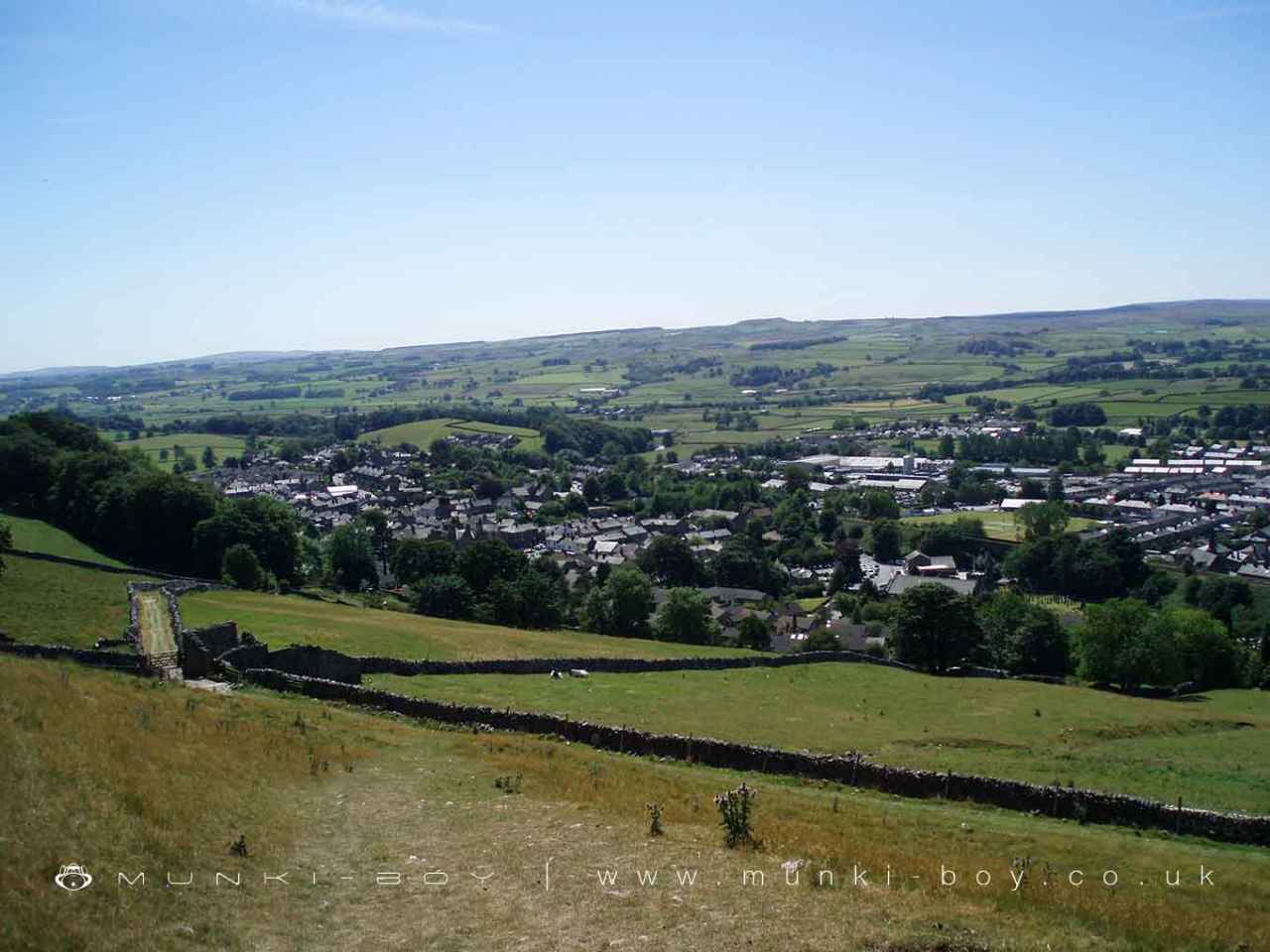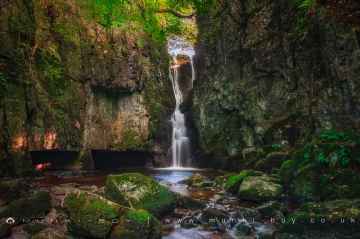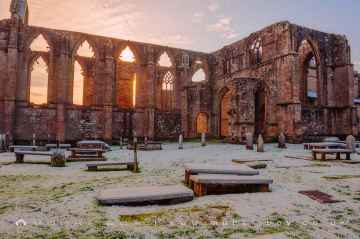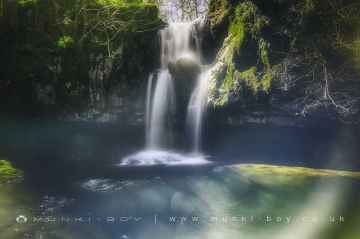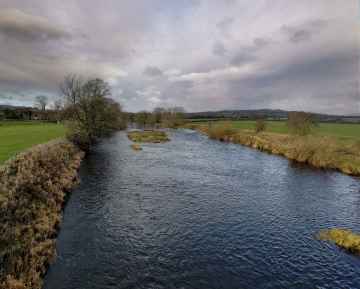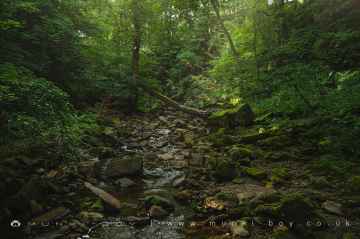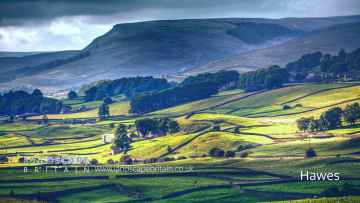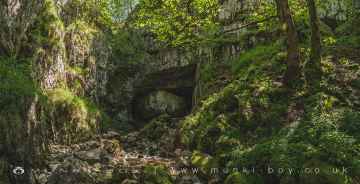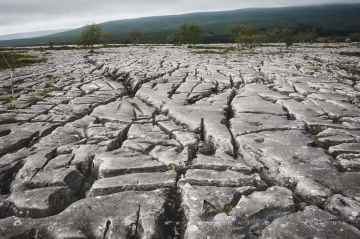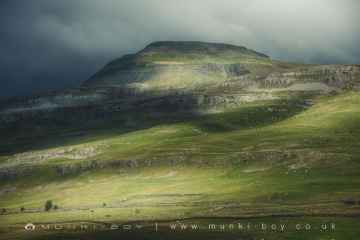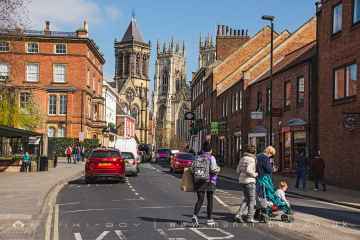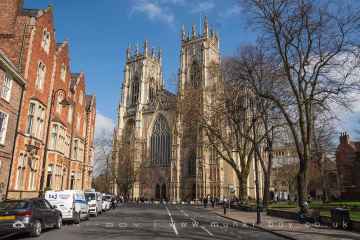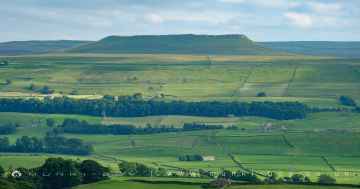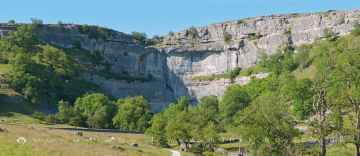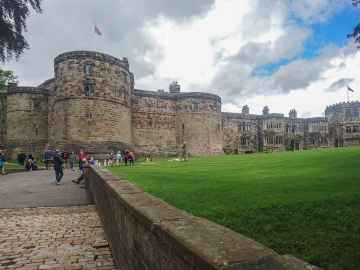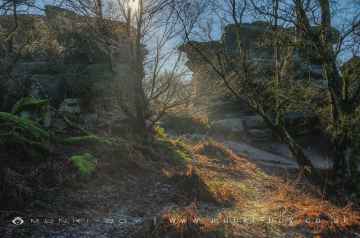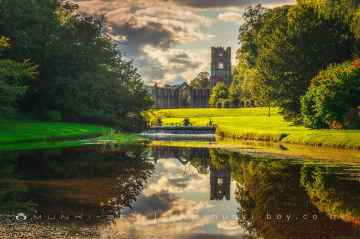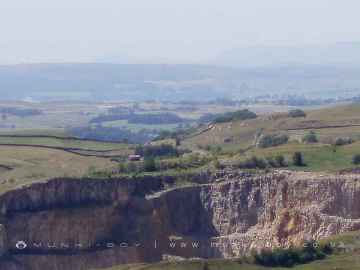Settle is a Town in the county of North Yorkshire.
Settle is a charming market town in the Yorkshire Dales, surrounded by dramatic limestone landscapes and steeped in history. Nestled at the foot of Castleberg Crag and close to the River Ribble, it has long been a hub for travellers, traders, and outdoor enthusiasts. The town’s weekly market, which dates back to 1249, continues to draw visitors, with stalls offering local produce, crafts, and speciality goods in the bustling marketplace. Traditional stone buildings line the streets, housing independent shops, cosy cafés, and welcoming pubs that add to Settle’s character.
One of the town’s most famous landmarks is the Settle–Carlisle Railway, one of the most scenic railway routes in the UK. Opened in 1875, the line passes through the stunning Dales countryside, crossing the iconic Ribblehead Viaduct on its way north. The station itself is a beautifully preserved Victorian gem, and heritage trains still run along the route, offering visitors a nostalgic journey through some of England’s most striking landscapes.
Settle is a gateway to outdoor adventure, with miles of walking and cycling routes leading into the surrounding hills and valleys. The nearby limestone formations of Attermire Scar and Victoria Cave provide spectacular scenery and a glimpse into prehistoric history, while the famous Three Peaks of Pen-y-ghent, Whernside, and Ingleborough attract hikers from far and wide. The vast underground caverns of White Scar and Ingleborough Caves also lie within easy reach, offering an awe-inspiring subterranean experience. Whether exploring its rich heritage, enjoying the town’s welcoming atmosphere, or setting off into the wild beauty of the Dales, Settle remains a timeless and captivating destination.
There are great places to visit near Settle including some great waterfalls, ruins, historic monuments, hiking areas, villages, rivers and streams, towns, caves, limestone pavements, mountains, cities, historic buildings, hills, geological features, castles, old mines, country parks, parks, gardens and ancient sites.
Catrigg Force, Lockin Garth Force, Whitfield Gill Force, Slape Wath Waterfall, Mill Gill Force, Cotter Force, and Aysgill Force are some of Settle best waterfalls to visit near Settle.
There are a number of ruins near Settle including Bolton Abbey, Byland Abbey, Norton Tower (ruin), Easby Abbey (ruin), Fountains Abbey and Studley Royal Water Garden, Fountains Abbey (ruin), and Trig Point on Warrendale Knotts.
The area around Settle features a number of interesting historic monuments including Bolton Abbey, Rylstone Crag and Rylstone Cross, Culloden Tower, and Robin Hood's Well (Fountains).
The area around Settle features a number of interesting hiking areas including Deepdale, Cotterdale, Southerscales, Ingleton Waterfalls Trail, Swilla Glen, Baxenghyll Gorge, and Raven Ray.
Settle has some unmissable villages nearby like Pool-in-Wharfedale, Askrigg, Hardraw, West Burton, Bainbridge, Aysgarth, and Malham.
Don't miss Whitfield Beck, Mill Gill, Hardraw Beck, River Wharfe, and Walden Beck at West Burton's rivers and streams if visiting the area around Settle.
Hawes, Skipton, Grassington, Richmond, Middlesbrough, Harrogate, and Settle are some of Settle best towns to visit near Settle.
Great Douk Cave, White Scar Cave, Yordas Cave, Gaping Gill, Janet's Cave, Horseshoe Cave, and Jubilee Cave are some of Settle best caves to visit near Settle.
Settle's best nearby limestone pavements can be found at Southerscales, Malham Cove, and Warrendale Knotts Limestone Pavement.
Ingleborough is one of Settle's best, nearby mountains to visit in Settle.
Settle's best nearby cities can be found at York, and Ripon.
The area around Settle features a number of interesting historic buildings including York Minster, Marton House, Norton Tower (ruin), Church of St Peter - Rylstone, Culloden Tower, and Beggar’s Bridge.
Hills to visit near Settle include Addlebrough, Embsay Crag, Rylstone Crag and Rylstone Cross, Warrendale Knotts, Giggleswick Scar, Blua Crags, and Sugar Loaf Hill.
Settle has some unmissable geological features nearby like Malham Cove, Grassington Lead Mines, and Brimham Rocks.
Settle has some unmissable castles nearby like Skipton Castle, Richmond Castle, and Bolton Castle.
There are a number of old mines near to Settle including Grassington Lead Mines.
The area close to Settle boasts some of the best country parks including Brimham Rocks.
Fountains Abbey and Studley Royal Water Garden, Fountains Abbey (ruin), and Studley Royal Water Garden are great places to visit near Settle if you like parks.
There are a several good gardens in the area around Settle like Fountains Abbey and Studley Royal Water Garden.
There are a number of ancient sites near Settle including Schoolboys Tower, Jubilee Cave, and Victoria Cave.
Settle History
There are some historic monuments around Settle:
Places to see near Settle
History of Settle
During the English Civil War, the Cliffords, the lords of the manor were Royalists, but their subjects were not. John Lambert of Calton in Malhamdale, was a general in Cromwell’s army and his troops camped at Settle in August 1651 while on the road to an encounter in Lancaster. Daniel Defoe wrote “Settle is the capital of an isolated little kingdom of its own surrounded by barren hills.”:p.163 Because of its remoteness Settle saw mostly local commerce. The old roads were pack horse trails:p.105 and drovers’ roads along hilltops:p.6 because the valley was soft and swampy before field drainage and the dredging of stream estuaries.:p.105 In the 1700s textile industrialists supported by traders and landowners campaigned for a turnpike to connect with growing industrial towns. The minute book for the Keighley and Kendal Turnpike Trust shows that most investors were mill owners from the Giggleswick district. In 1827 the trust, having miscalculated the cost of road maintenance, was in debt by £34,000.:p.172 When in 1877 the trust was terminated, the investors received on average 54% of their deposit. The investors had benefited in that Settle was now well connected and its cotton mills boomed. The mill owners imported coal and, like the heavy industries that exported agricultural lime and sandstone masonry, welcomed the turnpike for access via carrier waggons to the Leeds and Liverpool Canal at Gargrave. The first passenger stagecoach arrived in 1763. The Mail Coach was running regularly in 1786. The Union coach for passengers ran each way on alternate days in the early 1800s, and daily by 1840.:p.5























